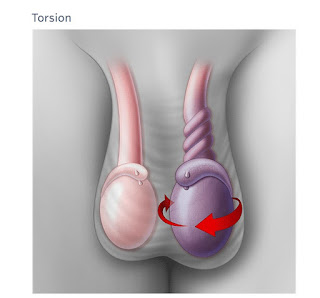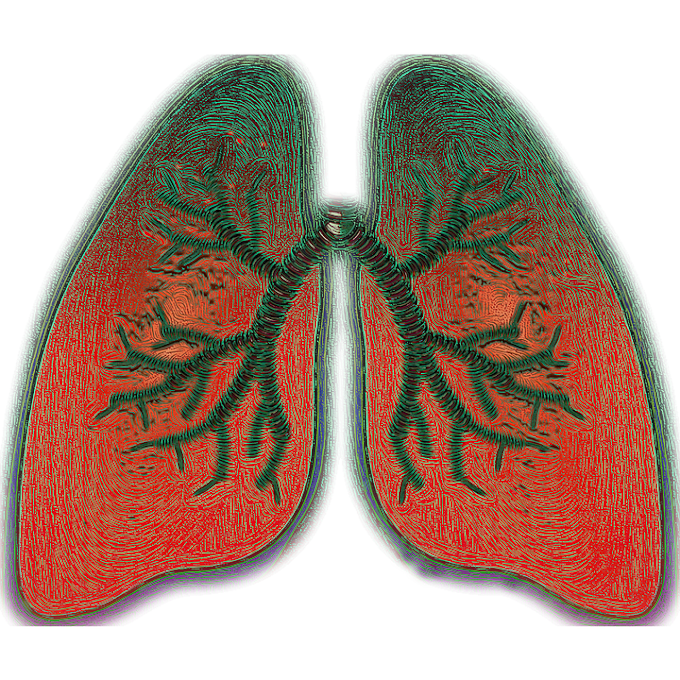Testicular Torsion:
Hi everyone!
Today we are going to discuss one of the problems related to your sexual health i.e TESTICULAR TORSION.
But before going to the actual topic you must know about some of the basics of testicular anatomy.
So, lets start....
Anatomically, testes usually look like this - one on each side of the scrotum just behind the penis and in front of the anus
But what happens when they rotate? One quick note - they're not supposed to rotate. That's why in this clinical anatomy article, we will cover what goes wrong during testicular torsion.
To understand the damage that this condition can cause, we'll first need to go over the gross anatomy and function of the testes. But don't worry; we'll be quick and brief.
So let's get to it.
Testis Anatomy:
Okay, so we all know that the testes are a pair of primary sex organs of the male and are located in the sub-pubic region of the pelvis along with the rest of the male reproductive components. The testes are ovoid-shaped bilateral organs, roughly four centimeters long with a diameter of three centimeters in an adult male.
They have two functional roles - sperm production and testosterone secretion.
The testes reside inside the scrotum - a cutaneous fibromuscular sac that hangs outside of the body and contains the testes, epididymis, and distal parts of the left and right spermatic cords.
These are contained within several fascial layers that act to protect and regulate the testes. Now let's talk briefly about other structures located in the scrotum - the epididymis and ductus deferens.
Epididymis:
The epididymis is a curved or arc-shaped tubular structure which sits across much of the posterior aspect of the testes. The epididymis is not just a tube for sperm to pass through; it also plays an essential role in the maturation of sperm. Since sperm cells are still immobile when passing through the structure, the epididymis tubes are surrounded by smooth muscle which contracts in a peristaltic motion pushing the sperm towards the ductus deferens. It is roughly forty-five centimeters long and acts to take sperm out of the scrotum and into the ejaculatory ducts.Blood Supply:
Before we move on to the clinical part, let's quickly refresh our knowledge about the vascular supply of the testes and epididymis. The testes are supplied by the testicular arteries, which arise directly from the abdominal aorta. They are drained by a plexus of veins known as the pampiniform plexus which empty into the testicular veins.Testicular Torsion:
Now let's talk about what happens when things get twisted - literally. Testicular torsion is a spontaneous condition occurring most commonly just after birth and during puberty. It occurs in about one in fifteen thousand males under the age of twenty five each year and presents sudden severe testicular pain. The testes itself may be swollen and displaced higher in the scrotum due to subsequent shortening of the spermatic cord. It is usually diagnosed using ultrasound.Treatment:
Treatment involves physically untwisting the testes through the scrotum or, in severe cases, surgery, whereby the scrotum is excised to gain immediate contact with the twisted cord. Quick diagnosis and management are critical to protect the testes from infarction or permanent damage. If corrected within six hours, the outlook is promising with no lasting conditions, however, any longer than this, can result in infertility and eventual tissue necrosis. That brings us to the end of this clinical anatomy tutorial. But don't let your learning stop there.
THANKS....














0 Comments